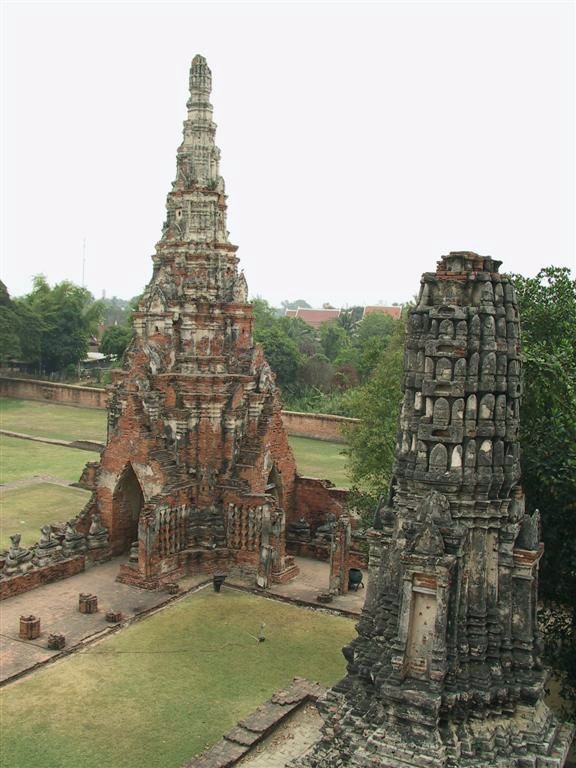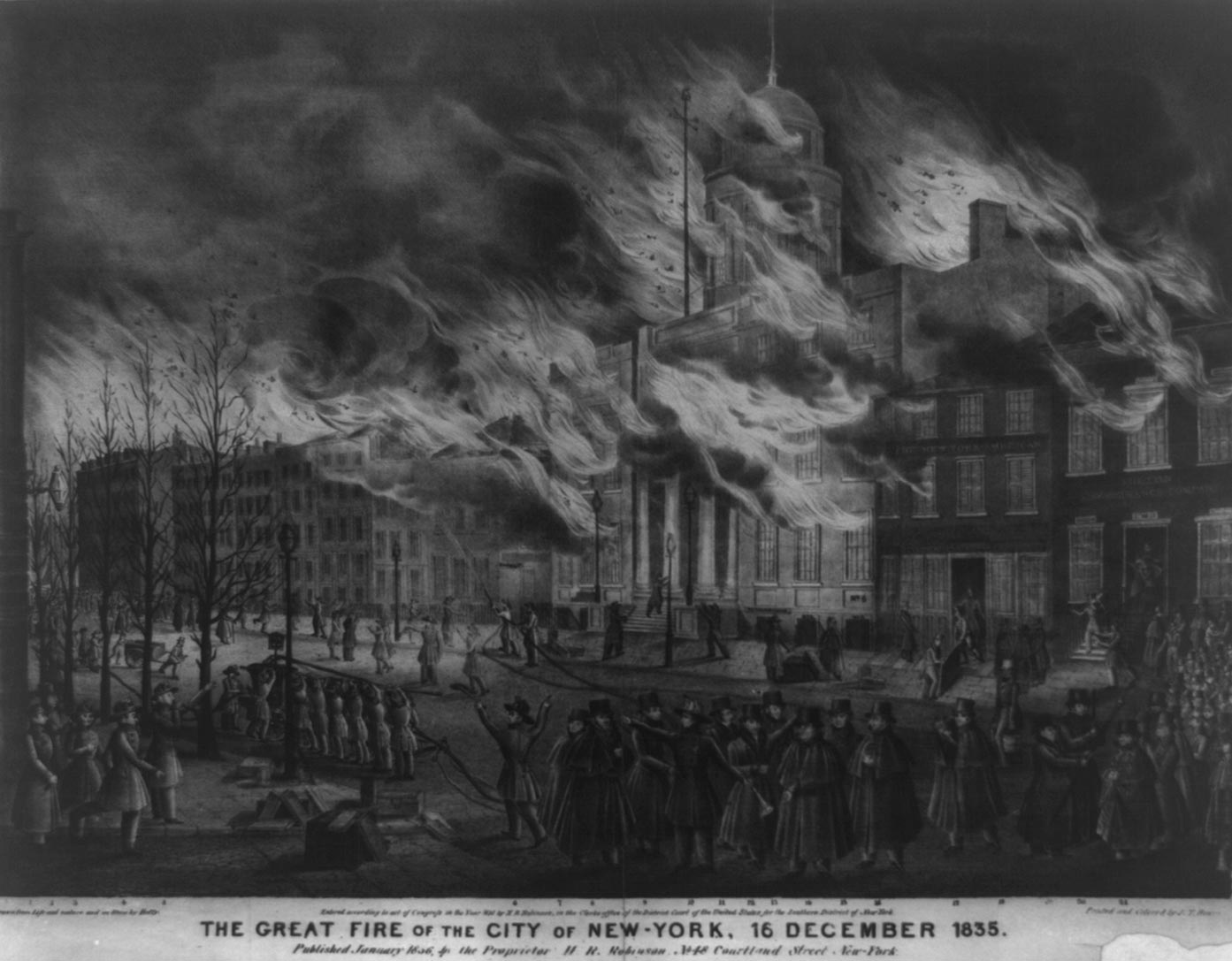|
Joseph Valois
Joseph Valois (; 1767 – January 3, 1835) was a businessman, farmer and political figure in Lower Canada. He represented Montréal in the Legislative Assembly of Lower Canada from 1820 to 1834. He was born in Pointe-Claire, Quebec, the son of Jean Valois and Marie-Josèphe Dubois. In 1790, he married Catherine Leduc Saint-Omer. Valois generally supported the Parti patriote and voted in support of the Ninety-Two Resolutions. He died in Montreal at the age of 67. His nephew Michel-François Valois Michel-François Valois (; August 20, 1801 – May 24, 1869) was a physician and political figure in Canada East. He was born in Pointe-Claire in 1801 and studied at the Collège de Montréal. He was licensed to practise medicine in 1826 and s ... later served in the legislative assembly for the Province of Canada. References * 1767 births 1835 deaths Members of the Legislative Assembly of Lower Canada {{Quebec-politician-stub ... [...More Info...] [...Related Items...] OR: [Wikipedia] [Google] [Baidu] |
Lower Canada
The Province of Lower Canada () was a British colonization of the Americas, British colony on the lower Saint Lawrence River and the shores of the Gulf of Saint Lawrence established in 1791 and abolished in 1841. It covered the southern portion of the current Province of Quebec and the Labrador region of the current Province of Newfoundland and Labrador (until the Labrador region was transferred to Newfoundland in 1809). Lower Canada consisted of part of the former colony of Canada (New France), Canada of New France, conquered by Great Britain in the Seven Years' War ending in 1763 (also called the French and Indian War in the United States). Other parts of New France conquered by Britain became the Colonies of Nova Scotia, New Brunswick, and Prince Edward Island. The Province of Lower Canada was created by the ''Constitutional Act 1791'' from the partition of the British colony of the Province of Quebec (1763–1791), Province of Quebec (1763–1791) into the Province of Lower C ... [...More Info...] [...Related Items...] OR: [Wikipedia] [Google] [Baidu] |
Legislative Assembly Of Lower Canada
The Legislative Assembly of Lower Canada was the lower house of the bicameral structure of provincial government in Lower Canada until 1838. The legislative assembly was created by the Constitutional Act of 1791. The lower house consisted of elected legislative councilors who created bills to be passed up to the Legislative Council of Lower Canada, whose members were appointed by the governor general. Following the Lower Canada Rebellion, the lower house was dissolved on March 27, 1838, and Lower Canada was administered by an appointed Special Council. With the Act of Union in 1840, a new lower chamber, the Legislative Assembly of Canada, was created for both Upper and Lower Canada which existed until 1867, when the Legislative Assembly of Quebec A legislature (, ) is a deliberative assembly with the authority, legal authority to make laws for a Polity, political entity such as a Sovereign state, country, nation or city on behalf of the people therein. They are oft ... [...More Info...] [...Related Items...] OR: [Wikipedia] [Google] [Baidu] |
Pointe-Claire
Pointe-Claire (, ) is a Quebec local municipality within the Urban agglomeration of Montreal on the Island of Montreal in Canada. It is entirely developed, and land use includes residential, light manufacturing, and retail. As of the 2021 census the population was 33,488. Toponymy The toponym refers to the peninsula, or point, where the windmill, convent, and the Saint-Joachim de Pointe-Claire Church are sited. The point extends into Lac Saint-Louis and has a clear view of its surroundings. History Pointe-Claire was first described by Nicolas Perrot in his account of 1669, and the name Pointe-Claire appeared on a map as early as 1686. Although Samuel de Champlain canoed through the area in 1613, he reported no village or dwelling visible. The urbanization of the territory of Pointe-Claire began in the 1600s, when the Sulpicians were lords of the island of Montreal. Land on the island of Montreal was granted to the Sulpicians for development as early as 1663. They bega ... [...More Info...] [...Related Items...] OR: [Wikipedia] [Google] [Baidu] |
Province Of Quebec (1763–91)
Quebec is Canada's largest province by area. Located in Central Canada, the province shares borders with the provinces of Ontario to the west, Newfoundland and Labrador to the northeast, New Brunswick to the southeast and a coastal border with the territory of Nunavut. In the south, it shares a border with the United States. Between 1534 and 1763, what is now Quebec was the French colony of ''Canada'' and was the most developed colony in New France. Following the Seven Years' War, ''Canada'' became a British colony, first as the Province of Quebec (1763–1791), then Lower Canada (1791–1841), and lastly part of the Province of Canada (1841–1867) as a result of the Lower Canada Rebellion. It was confederated with Ontario, Nova Scotia, and New Brunswick in 1867. Until the early 1960s, the Catholic Church played a large role in the social and cultural institutions in Quebec. However, the Quiet Revolution of the 1960s to 1980s increased the role of the Government of Qu ... [...More Info...] [...Related Items...] OR: [Wikipedia] [Google] [Baidu] |
Parti Patriote
The () or () was a primarily francophone political party in what is now Quebec founded by members of the liberal elite of Lower Canada at the beginning of the 19th century. Its members were made up of liberal professionals and small-scale merchants, including François Blanchet, Pierre-Stanislas Bédard, John Neilson, Jean-Thomas Taschereau, James Stuart, Louis Bourdages, Denis-Benjamin Viger, Daniel Tracey, Edmund Bailey O'Callaghan, Andrew Stuart and Louis-Joseph Papineau. Creation The British Government established two oligarchic governments, or councils, to rule what is today Quebec and Ontario, then called Lower and Upper Canada. Upper Canada was ruled by the Family Compact and Lower Canada by the Chateau Clique. Both groups exerted monopolistic, uncontested rule over economic and political life. The councils were corrupt in their nature by strengthening their dominance by personal use of funds which eventually led to infrastructural problems around Upper and ... [...More Info...] [...Related Items...] OR: [Wikipedia] [Google] [Baidu] |
Ninety-Two Resolutions
The Ninety-Two Resolutions were drafted by Louis-Joseph Papineau and other members of the '' Parti patriote'' of Lower Canada in 1834. The resolutions were a long series of demands for political reforms in the British-governed colony. Papineau had been elected speaker of the Legislative Assembly of Lower Canada in 1815. His party constantly opposed the unelected colonial government, and in 1828 he helped draft an early form of the resolutions, essentially a list of grievances against the colonial administration. To ensure that the views of the Legislative Assembly be understood by the British House of Commons, the ''Parti patriote'' had sent its own delegation to London in order to submit a memoir and a petition signed by 78,000 people. On February 17, 1834, Elzéar Bédard introduced the Ninety-Two Resolutions in the Assembly. Papineau provided most of the arguments for the Resolutions in the subsequent debates. The Resolutions proved divisive, with some moderate supporters of ... [...More Info...] [...Related Items...] OR: [Wikipedia] [Google] [Baidu] |
Michel-François Valois
Michel-François Valois (; August 20, 1801 – May 24, 1869) was a physician and political figure in Canada East. He was born in Pointe-Claire in 1801 and studied at the Collège de Montréal. He was licensed to practise medicine in 1826 and set up practice in Pointe-Claire. Valois became a school trustee in 1830. He helped organize in a major rally against the British authorities held at Saint-Laurent in May 1837. Valois was captured and put in prison at Montreal; he spent some time in the United States and then returned. In 1851, he was elected to the Legislative Assembly of the Province of Canada for Montreal county as a member of the ''Parti rouge The (, "Red Party"; or , "Democratic Party") was a political group that contested elections in the Canada East, Eastern section of the Province of Canada. It was formed around 1847 by radical French-Canadians; the party was inspired by the ideas ...''. In 1854, Valois was elected again in Jacques-Cartier (formerly Montreal co ... [...More Info...] [...Related Items...] OR: [Wikipedia] [Google] [Baidu] |
1767 Births
Events January–March * January 1 – The first annual volume of ''The Nautical Almanac and Astronomical Ephemeris'', produced by British Astronomer Royal Nevil Maskelyne at the Royal Observatory, Greenwich, gives navigators the means to find longitude at sea, using tables of lunar distance. * January 9 – William Tryon, governor of the Royal Colony of North Carolina, signs a contract with architect John Hawks to build Tryon Palace, a lavish Georgian style governor's mansion on the New Bern waterfront. * February 16 – On orders from head of state Pasquale Paoli of the newly independent Republic of Corsica, a contingent of about 200 Corsican soldiers begins an invasion of the small island of Capraia off of the coast of northern Italy and territory of the Republic of Genoa. By May 31, the island is conquered as its defenders surrender.George Renwick, ''Romantic Corsica: Wanderings in Napoleon's Isle'' (Charles Scribner's Sons, 1910) p230 * February 19 ... [...More Info...] [...Related Items...] OR: [Wikipedia] [Google] [Baidu] |
1835 Deaths
Events January–March * January 7 – anchors off the Chonos Archipelago on her second voyage, with Charles Darwin on board as naturalist. * January 8 – The United States public debt contracts to zero, for the only time in history. * January 24 – Malê Revolt: African slaves of Yoruba Muslim origin revolt against Brazilian owners at Salvador, Bahia. * January 26 ** Queen Maria II of Portugal marries Auguste de Beauharnais, 2nd Duke of Leuchtenberg, in Lisbon; he dies only two months later. ** Saint Paul's in Macau is largely destroyed by fire after a typhoon hits. * January 30 – The first assassination attempt against a President of the United States is carried out against U.S. President Andrew Jackson at the United States Capitol * February 1 – Slavery is abolished in Mauritius. * February 20 – 1835 Concepción earthquake: Concepción, Chile, is destroyed by an earthquake. The resulting tsunami destroys the neighboring city of Talcahuano. * March 2 – ... [...More Info...] [...Related Items...] OR: [Wikipedia] [Google] [Baidu] |



